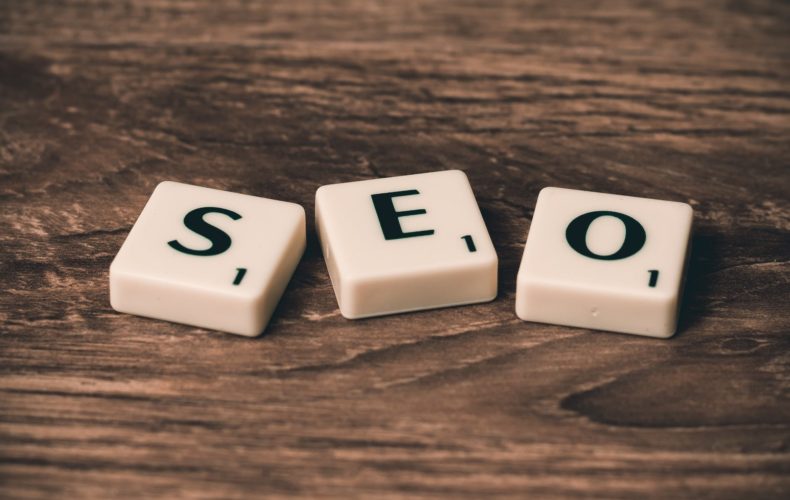There’s a lot of talk about SEO and SEM these days, but unless you’re a marketing guru, you might be unfamiliar with the terminology. Mastering these acronyms will help your business achieve higher search engine rankings—and that can give your bottom line a healthy boost!
What is SEO?
SEO stands for Search Engine Optimization. It is the process of driving traffic to your website through improved organic (non-paid) search engine rankings. About 70 percent of all website traffic comes from search engines; Google holds the lion’s share (60 percent), with Yahoo, Bing, YouTube and other search engines making up the difference.
When you type a phrase into a search engine box, “crawlers” are sent out that scour the internet for relevant content. Google (or whichever site you are using) compiles an index that is sent through an algorithm in order to find the closest matches. These algorithms can be quite complex and are closely-guarded secrets; what’s most important to understand is that results are separated into two categories, paid and organic. The latter is considered to be the most authoritative and trustworthy; high rankings are achieved based on merit, rather than dollars and cents. SEO is where you’ll want to focus your efforts in order to increase both the quantity and quality of visitors to your website.
The basics of optimizing your site to make it more search-engine friendly involve the following:
- Keyword research. Look for the words and phrases your customers use to search for businesses similar to yours, and create high-quality content based around those words and phrases. There are many free online tools available to help you find the right keywords.
- Site structure. The layout of your website—how your information is organized and presented—enables both users and search engines to find content more easily. Reduce clutter by using categories and tags and building internal links. Site speed is also important; research shows users will give up on a site if it doesn’t load within three seconds, so invest in the fastest speed you can.
- Link building. Search engines view external links as a sign of credibility. The more links you have from outside sources, the higher your page ranking will be. Building quality hyperlinks from other websites will help customers discover your site and give you an edge over the competition.
How about SEM?
SEM is short for Search Engine Marketing. It is the process of boosting traffic to your website through paid ad campaigns. Unlike SEO, which relies on non-paid search results to achieve high rankings, SEM is a more immediate way to increase traffic. It relies heavily on pay-per-click advertising (Google AdWords is most popular, but Yahoo and other search engines offer their own versions, as well), in which you pay a certain amount of money every time a user clicks on your ad. This helps to improve your visibility and ranking.
Think of SEM as a shortcut to achieving better search engine positioning. SEO takes a lot of time and effort, but with SEM, you are paying for a top spot on Google and other search engines. It lets you skip over the hard work and build your brand more quickly by putting your name in front of customers looking for similar products or services.
Keep in mind that a good strategy incorporates both SEO and SEM. They can be used to complement one another; think of SEO as more of a long-term process that you’ll develop over time, while SEM can provide you with an immediate boost to get you off the ground.
There are plenty of good resources available to help you learn more about search engine optimization and marketing. Here are a couple we recommend:
READ MORE about SEO.
READ MORE about SEM.




